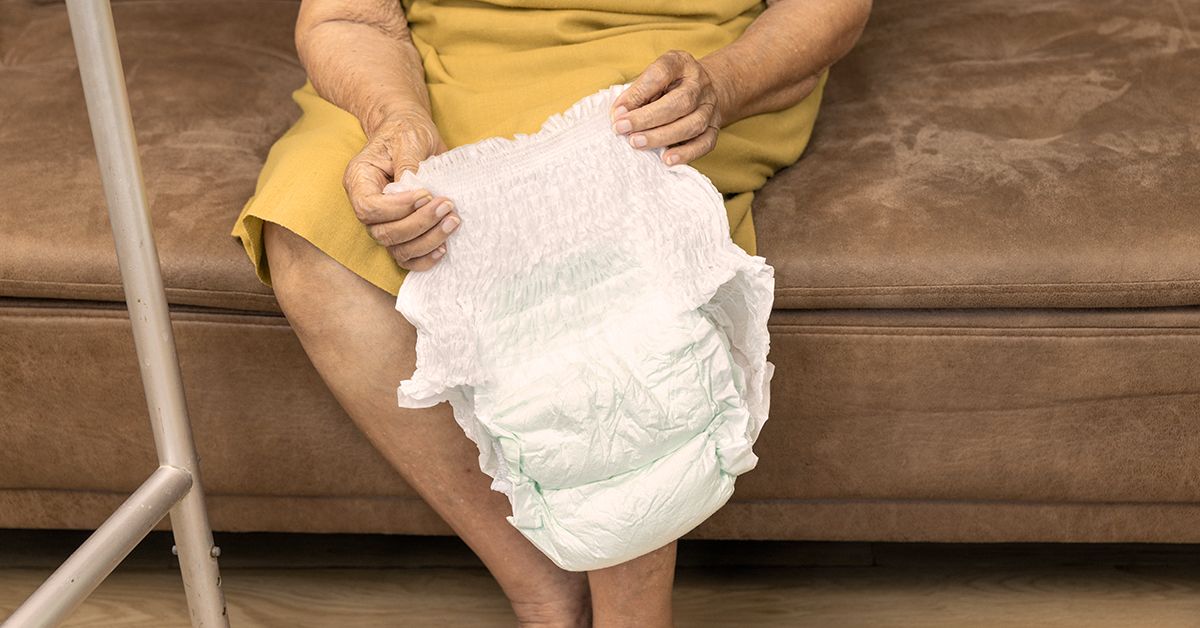
What is medicare’s coverage of incontinence supplies?
- Select a language for the TTS:
- UK English Female
- UK English Male
- US English Female
- US English Male
- Australian Female
- Australian Male
- Language selected: (auto detect) - EN
Play all audios:

Original Medicare (parts A and B), Medicare Advantage (Part C), and Part D prescription drug plans cover different aspects of diagnosis and treatment for incontinence. Your options depend on
the part of Medicare you have and the type of incontinence supplies or products you need. Part B coverage and costs Part B is outpatient medical insurance. It covers outpatient services,
including doctors’ visits to determine the underlying cause of incontinence and durable medical equipment (DME). DME for incontinence may include: * internal or external pelvic floor
stimulators * condom or indwelling catheters * external urinary collection devices Part B doesn’t cover adult briefs or other absorbent incontinence supplies. Medicare considers these items
disposable personal hygiene products, not DME. In 2025, many people must pay a monthly premium of $185. Your premium may be higher depending on your income. After you pay the $257
deductible, you must generally pay a 20% coinsurance for eligible services. Medicare Advantage (Part C) coverage and costs Medicare Advantage plans must cover the same incontinence services
as Original Medicare. However, as private insurance companies administer these plans on Medicare’s behalf, additional benefits are usually included. Although they can differ by plan type and
plan provider, the additional benefits may include coverage for over-the-counter items. That means you may be able to purchase adult briefs or other absorbent incontinence supplies and get
reimbursement from your Medicare Advantage plan. Part D coverage and costs Part D is prescription drug coverage. Private insurers also administer these plans. Part D doesn’t cover adult
briefs or other absorbent incontinence supplies. However, it can help cover the cost of certain medications designed to treat incontinence. Each Part D plan sets its own cost and coverage
amounts, and coverage depends on its formulary and tier system. WHAT ABOUT DUALLY ELIGIBLE MEDICARE AND MEDICAID COVERAGE? Most Medicaid programs cover incontinence products, but the extent
of coverage can vary from state to state. Some states may have copayments or limits on the number of supplies covered. You can contact your local Medicaid office to learn more. The bottom
line Medicare’s coverage for absorbent incontinence supplies is limited. You may be eligible for coverage under Part C, but most plans focus on DME, outpatient treatments, and prescription
medications. If you have questions about your coverage, you can call Medicare at 800-633-4227 (TTY: 877-486-2048). You may need to contact your plan provider directly if you have a Medicare
Advantage (Part C) or Part D prescription drug plan. Look for a phone number on your plan’s card or a “Contact Us” page on your insurance provider’s website.
